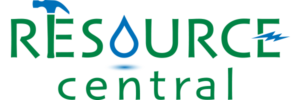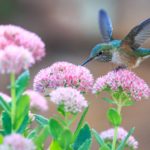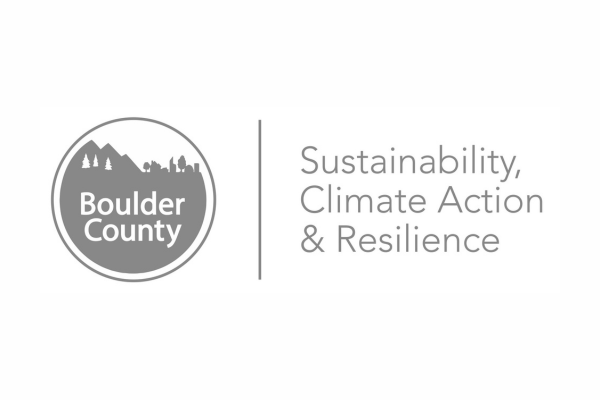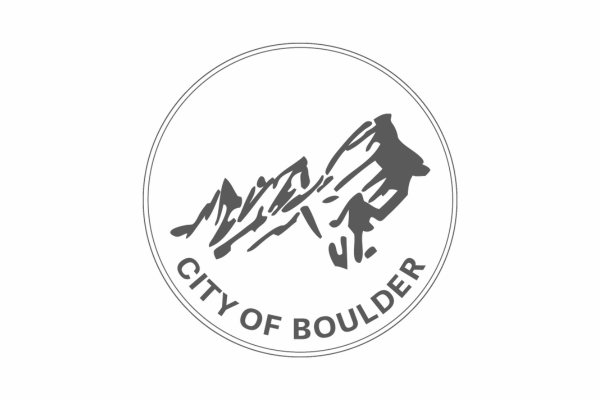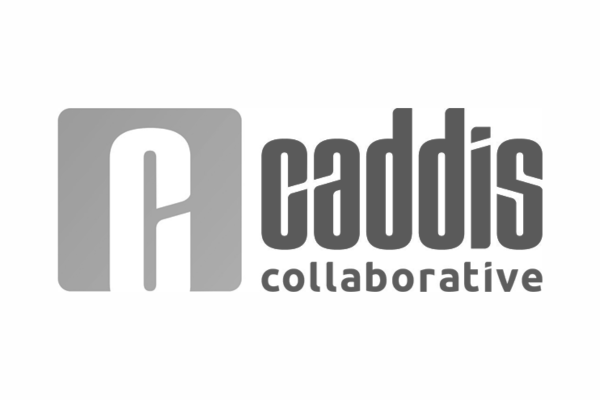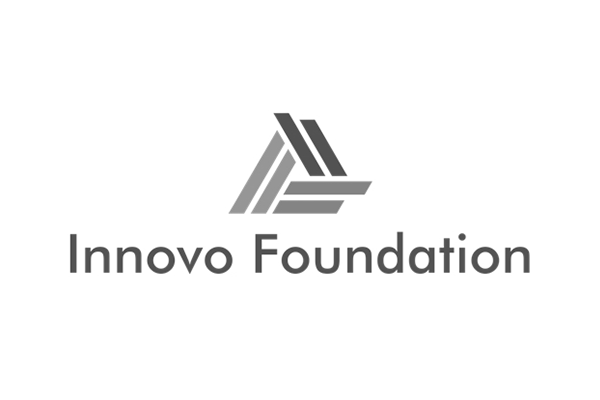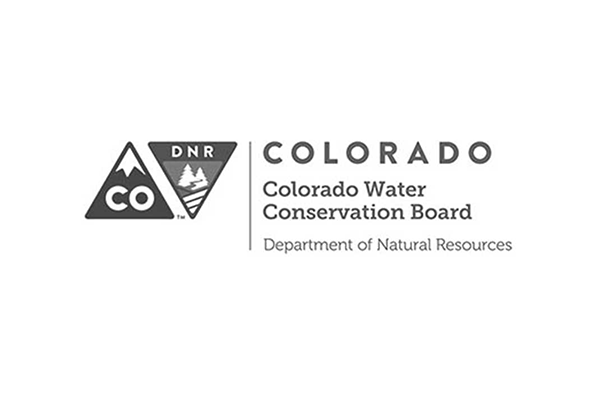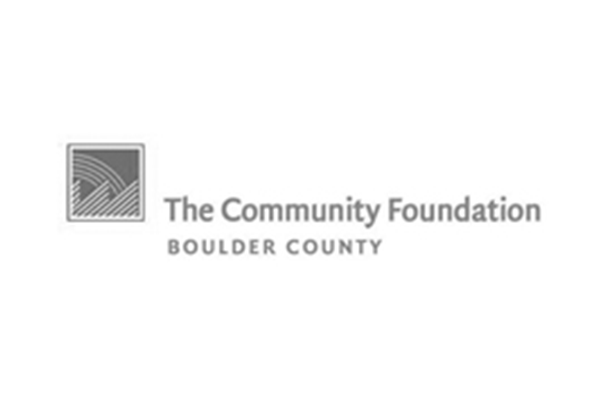Ask Miss Jean!
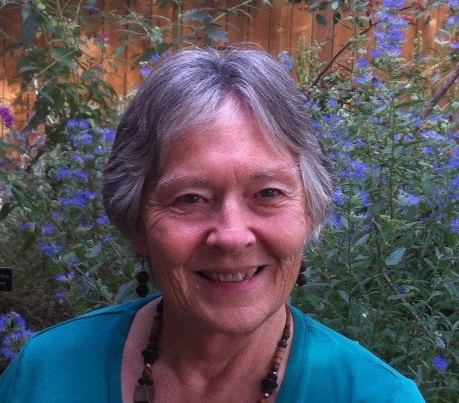
Jean Lovell, long-time Resource Central volunteer and former master gardener, tackles your gardening questions!
Submit your question(s) for Miss Jean to: GardenInfo@ResourceCentral.org
Q: Why is it important to create pollinator friendly habitats? What can I do to create a garden space that supports local pollinators?
A: Pollinators of all sorts are threatened by several interacting factors including habitat loss, disease, climate change, and toxic pesticides. The interaction of these makes for an unreliable future for all pollinators. With a few intentional gardening tips and tricks, your garden can become a helpful environment for pollinators facing these threats.
Pollination is the transfer of pollen from the male part to the female part of a flower of the same species – a vital activity for reproduction. Some plants self-pollinate, and others rely on the wind. About 75% of flowering plants, including medicinal plants and a good deal of our foods, require animal pollinators. As pollinators visit flowers in their search for food, pollen that rubs off onto their bodies and is transferred to other flowers.
Pollinators native to Colorado include:
– 946 species of bees, (about 560 species in Boulder County)
– 250 species of butterflies
– Over 1,000 species of moths
General Pollinator Protection
Here are several actions we gardeners can take to alleviate some of these threats:
– Plant in large clumps or drifts. If you have a smaller space, consider cooperating with neighbors for 10’ wide planting areas connecting from house to house. This increased habitat would support additional numbers of pollinators and beneficial insects to eliminate “thug” bugs – leading to reduced need for so many pesticides. Also, plant diversity would seriously increase.
– Plant a wide variety of blooming plants including plants with various heights for shelter (click here to see native trees, shrubs, and vines in your area), different blooming times for season-long supply of flowers, and those that are mostly natives, which are richer in nectar than exotics.
– Decrease or eliminate pesticides; especially make sure all plants you buy are neonicotinoid-free. All of the plants found in Garden In A Box are neonicotinoid free and most are wonderful, pollinator supporting plants!
– Add water in in shallow dishes filled with pebbles if a natural water source for clean water is not available; change every 2-3 days.
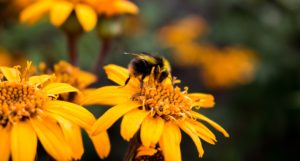 BEES
BEES
Interesting fact: Most native bees don’t sting!
Bees of various species are the most common and most efficient pollinators. We are generally most familiar with honey bees, which are not native but were brought here from Europe. They are social bees and live in hives. Bumblebees are the only other bees to make honey, but in much smaller quantities; they are also social, and live in nests, often close to or in the ground.
Bee specific gardening tips:
– Since native bees are typically solitary and nest in undisturbed, unmulched soil, as do some small mammals; leave some bare ground, without landscape fabric or mulch.
– Since bees stay in a small area to collect nectar and pollen, make sure plants of the same variety are not too distant.
BUTTERFLIES
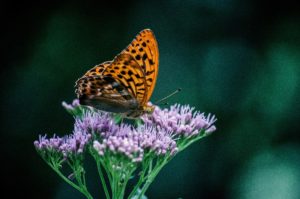 Butterflies show up along the Front Range as early as March and others last into November. While butterflies are less efficient than bees as pollinators they can travel longer distances, thereby covering similar numbers of plants in larger areas. They prefer sheltered, sunny areas in their search for nectar, their “flight fuel”, typically perching on flat and large flower heads, while collecting pollen on their body parts.
Butterflies show up along the Front Range as early as March and others last into November. While butterflies are less efficient than bees as pollinators they can travel longer distances, thereby covering similar numbers of plants in larger areas. They prefer sheltered, sunny areas in their search for nectar, their “flight fuel”, typically perching on flat and large flower heads, while collecting pollen on their body parts.
In order to have butterflies pollinating our plants, we must accept the caterpillars from which they come. Feed them! Caterpillars are picky about what they eat. The most well-known example of this is the Monarch butterfly caterpillar which eats only leaves from the milkweed family. Pay attention to the plants on which you find caterpillars and treat at least some of each variety with respect.
HUMMINGBIRDS
Interesting fact: Hummingbirds are only found in the western hemisphere!
11 species call Colorado home starting in April and usually leaving in September. They must eat every 10 to 15 minutes and visit between 1,000 and 2,000 flowers per day for the sugary nectar that comprises 90 percent of their diet. For protein, they eat small insects caught on the fly.
Hummingbird specific gardening tips:
– Leave some small branches on woody plants for perches.
– If you use hummingbird feeders; do not add red dye; it’s harmful to hummingbirds. Find more info on hummingbird feeders here.
